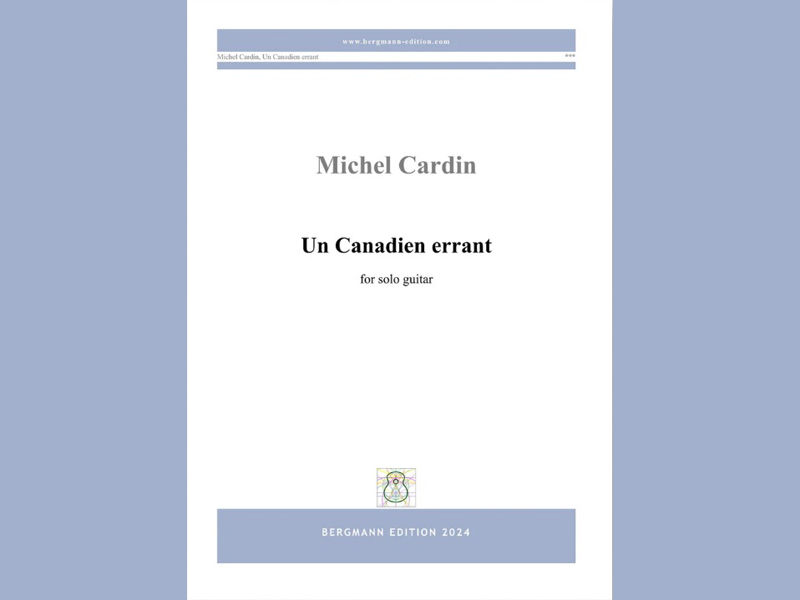Alfred Feenstra : Jesus Christ Guitar Suite: Bergmann
- chrisdumigan
- Jan 27
- 2 min read

Alfred Feenstra
Bergmann Edition: 48 pages
This nine – movement solo guitar suite by Dutch composer Alfred Feenstra is entirely recorded on YouTube by Rebeca Oliveira who does a wonderful job of playing this suite that lasts for a surprising 50 minutes in length!
Feenstra’s musical style is utterly tonal throughout, so there are no sudden surprises in the harmonies. The first movement Announcement is a Lento Cantabile in E Major, except for the final few bars that move to D. There are two voices throughout with a moving quaver treble theme, set against usually long bass notes. Birth , the second movement is in E major and a slow 65 crotchets a minute and slightly harder as it has a number of moments when the top voice is two notes that are , albeit quite slow, on constant move up and down the fingerboard. The Teacher, No3, is a fast running set of mostly semiquavers, that begins with a few bars of a solo run, before turning into a swift arpeggio four note pattern all in semiquavers, and playing at 180 crotchets a minute. This continues for a considerable time only changing back to the opening solo note line for the close.
The Last Supper, Movement 4, is waltz – like in feel, and changes from Am to a middle section in A Major, returning again to the minor for the last few moments.
The Garden of Gethsemane, No5, begins in 3, then 4 note block chords before turning into a multi time signature set of running arpeggios .These two ideas interchange right through to the coda that closes somewhat enigmatically.
Crucifixion the sixth movement is another piece in 3 / 4 and mostly chordal throughout although separated at times into three voices.
It Is Fulfilled , No7, moves around a lot more in a number of arpeggiated runs around chords that often have an open string in the middle to add a little extra colour. In between the harmonies are often block chords with a melody on top, as in a number of the other movements.
The penultimate movement Resurrection is mostly a tremolo piece firstly across two or three strings before turning into the standard tremolo, this one marked Vivacissimo at 95 minims a minute, and written in semi-quavers.
The final movement Loving Jesus moves again often in block chords with the occasional arpeggio run, returning at the end to the opening chords for the final coda.
As I said this is a huge suite of pieces that are often of an advanced nature, but the only criticism is that the harmonic style is often so basic that I found the melodies rather forgettable, and the length of some of the movements just too long for the musical character, but as you can have a listen yourself to those fine recordings on YouTube, you have a chance to make your own mind up, if the nature of this work intrigues you!
Chris Dumigan




Comments